The market has certainly changed since 2011 when I wrote my article, What’s the best shortwave radio under $50?
Today we’re looking at my current bottom-tier radios, ones with shortwave coverage that I could buy new today (July 16, 2023) delivered to me in the US for under $50. One radio in particular barely gets excluded, the Tecsun R-9700DX whose best price appears to be about $55 delivered from Kaito-USA. I am including the Raddy RF75A that can be purchased from Amazon by a Prime customer for $47.69 as of this writing although it’s usually a little over $50. The included Mesqool CR1015 old version is no longer for sale, but there is a similar updated model for around $19. There are notable radios in the category that I don’t have to test, like the Retekess V115, Tecsun PL-310ET, PL-360, PL-380 and R-9012. I particularly regret I don’t have one of the Tecsun DSP radios to include.
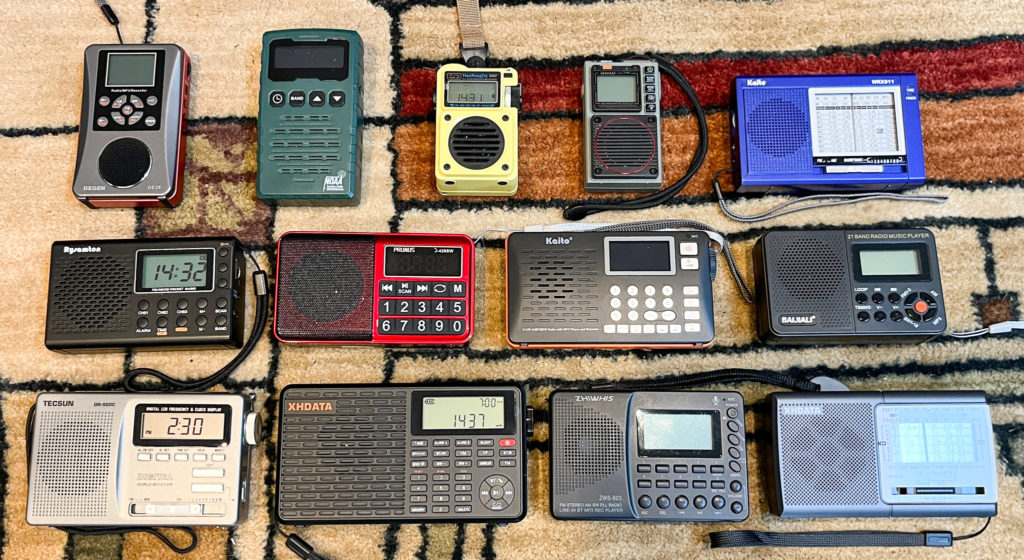
There are two types of DSP radios represented here, ones tuned by the absolute position of the tuning control and ones controlled by the relative changes in position of the control. They are indicated by DSP-A and DSP-R respectively in the table below (ones with no suffix don’t have a tuning knob). The physical position of the knob matters in the former type — you can change the frequency setting with the radio off, and the knob will have a definite beginning position and ending position. Radios with absolute positioning generally lack automatic scanning and storage.
Here are the 13 contenders with links to my articles that cover them. Prices come from a variety of sources, including Kaito USA on eBay, Amazon.com and Walmart; they include shipping to the US. These are not necessarily the best prices nor what I paid for them. Memory presets are counted for shortwave only, not total for the radio.
| Model | Coverage (MHz) | SW Presets | Tuning | Ant. (cm) | Price |
|---|---|---|---|---|---|
| Baijiali BJL-166 | 3.9 – 22.2 (18 bands) | No | DSP-A | 27 | $17 |
| Degen DE28 | 3.0 -3.6 3.7 – 4.2 4.5 – 5.7 5.8 – 6.4 6.9 – 7.6 9.2 – 10.1 11.4 – 12.3 13.4 – 14.1 14.9 – 16.0 17.3 – 18.1 18.7 – 19.3 21.0 – 22.0 | 928 | DSP-R | 32 | $25 |
| HanRongDa HRD-701 | 4.75 – 21.85 | 99 | DSP-R | 28 | $31 |
| Kaito KA29 | 3.0 -3.6 3.7 – 4.2 4.5 – 5.7 5.8 – 6.4 6.9 – 7.6 9.2 – 10.1 11.4 – 12.3 13.4 – 14.1 14.9 – 16.0 17.3 – 18.1 18.7 – 19.3 21.0 – 22.0 | 928 | DSP-R | 52 | $35 |
| Kaito WRX911 | 4.60-5.20 5.75-6.40 6.95-7.65 9.30-9.90 11.55-12.10 13.55-13.85 14.85-15.80 17.40-18.05 21.30-21.95 | No | Analog | 48 | $20 |
| Mesqool CR1015 | 2.3 – 23 | None on SW | DSP | 27 | $19 |
| Prunus J-429SW | 2.3 – 21.995 | > 150 | DSP | 25 | $12 |
| Raddy RF75A | 4.75 – 21.85 | 99 | DSP-R | 33 | $41 |
| Rysamton YK-M03 | 3.0 – 21.85 | 38 | DSP-R | 32 | $18 |
| Tecsun DR-910C | 3.90 – 4.00 4.75 – 5.06 5.95 – 6.20 7.10 – 7.30 9.50 – 9.90 11.65 – 12.05 13.6 – 13.8 15.1 – 15.6 17.55 – 17.9 21.45 – 21.85 (published values) | No | Analog | 55 | $27 |
| XHDATA D-109 | 1.711 – 29.999 | 300 | DSP-R | 52 | $40 |
| XHDATA D-219 (10 kHz version) | 4.75 – 5.06 5.6 – 6.4 6.8 – 7.6 9.2 – 10 11.45 – 12.25 13.4 – 14.2 15 – 15.9 17.1 – 18 21.2 – 22 | No | DSP-A | 52 | $14 |
| Zhiwhis ZWS-603 | 4.75 – 21.85 | 300 | DSP-R | 46 | $25 |
A Quick Rundown
While this is not a review of each radio (see review links in the table preceding for that), I do want to make a few general remarks about each one. With the exception of the XHDATA D-109, all of these radios could be carried reasonably in a shirt pocket. All have an earphone jack, all receive MW and FM in addition to shortwave.
Baijiali BJL-166
This is a very basic DSP radio at a rock bottom price. The radio has 18 contiguous shortwave bands. Switching between bands (no correlation to the internationally assigned SW bands) allows quick access to a roughly 1 MHz segment, after which the manual tuning wheel can reach the desired station. The radio can play MP3 files from a MicroSD card or a USB flash drive. It uses an 18650 rechargeable battery and has a USB Mini charging port. The digital frequency display is limited to 4 digits although it can tune 5 kHz channels on shortwave.
Degen DE28
This one can operate as a MP3 player and recorder onto a MicroSD card from microphone, AUX or directly from the radio. It uses a BL-56C battery, charged via a USB Mini cable. Tuning is accomplished with a side wheel, and a button cycles through the 12 international shortwave bands (it cannot be tuned outside these bands). It’s rather slow moving from channel to channel and band to band. You briskly turn the tuning knob and when you stop, the radio keeps on tuning until it catches up with what you had already done (annoying). It has ATS memories with a jaw-dropping capacity of 928 shortwave stations with a 5-digit frequency display.
HanRongDa HRD-701
This radio is tuned with a thumb wheel. Consulting the user manual reveals tuning features that helps the user move through the bands more quickly; a button press can select which digit of the frequency display is incremented by the tuning wheel. It also has automatic scanning in addition to ATS. It uses a BL-5C battery charged by a USB-C cable. The HRD-701 can can play MP3 files from a MicroSD card, and it can also be used as a Bluetooth speaker. It tunes the NOAA weather frequencies and has an always-on clock.
Kaito KA29
The KA29 is very similar operationally to the DE28, with the only significant difference being the addition of direct frequency entry, a longer antenna and a horizontal layout.
Kaito WRX911
Also known as the Tecsun R-911, this radio is an 11-band all analog radio with an slide rule tuning dial. Bands are selected with a band switch and there is a tuning knob on the side. The radio is powered by 2 AA batteries.
Mesqool CR1015
I think this was designed primarily as a weather radio. The radio has no band switching, so all of shortwave is one long band that takes about half an hour to traverse with the scan for next station feature. I’ll test this radio alongside the rest, but it is not really usable on shortwave due to its tuning limitations. It’s powered by 3 AAA batteries that are not rechargeable in the radio.
Prunus J-429SW
This is an odd bird in that there is no way to actually tune this radio by going sequentially from station to station by frequency. Your only options are an ATS scan after which you can cycle through the stations found, a search for the next available station or direct frequency entry. The exact number of ATS memories is not specified, but testing indicates that it is at least 150. The radio plays MP3 files and takes a BL-5C battery charged through a USB Mini jack.
Raddy RF75A
Also known as the HanRongDa HRD-747, this is the smallest of the lot. It’s unique among the contenders in that it is app controlled. The app (iOS, Android, Harmony OS) adds features like recording and direct frequency entry. It has an internal battery that is not user-replaceable, charged with a USB-C cable. This radio tunes VHF and weather bands in addition to MW/FM/SW. It can also be a Bluetooth speaker and play MP3 files from a MicroSD card.
Rysamton YK-M03
This is one of the deep bargain price entries. It’s tuned with a side wheel, and repeated long presses of the Band button cycle through the shortwave bands to speed up access to stations. It has 35 ATS memories plus 3 Favorite buttons for each band. It runs on 2 AA batteries and has a 3V charging port. It has a clock that is always on.
Tecsun DR-910C
This is the replacement for the venerable Tecsun DR-910. It’s an analog radio with a digital frequency counter to aid in tuning. Tuning is via a side wheel and moves pretty fast. The table at the start of this article shows the published frequency ranges, but mine tunes a little outside those ranges. The radio is powered by 2 AA batteries and can take an external 3V power supply. It has a clock that is always on.
XHDATA D-109
This is a new model for 2023 from XHDATA. It’s geared a little more towards shortwave listening by providing a digital signal strength / noise readout, and adding an external antenna jack. Tuning is via a variable speed side knob. When the knob is turned faster, it switches from 1 kHz increments to 5 kHz). It can also scan for the “next” station. It has a generous 300 ATS memories. This is the only radio in the competition with a bandwidth control. It’s powered by an 18650 battery and charged with a USB-C cable. The radio also receives longwave and has a clock that is always on. It can also act as a Bluetooth speaker and can play MP3 files from a MicroSD card.
XHDATA D-219 (10 kHz version)
This no frills radio made quite a splash because of its low price (as low as $9) and decent performance. It’s a DSP radio with an analog slide rule dial. There is some variability in display accuracy from unit to unit (I’ve had 2). It’s powered by 2 AA batteries and has a 3V charge port. There are separate versions of the radio for 9 kHz and 10 kHz MW channel spacing. The latter version is tested here.
Zhiwhis ZWS-603
Also known as the HanRongDa K-603, this unit is the Swiss army knife of audio, playing and recording from radio, Bluetooth, microphone and AUX input. It’s a menu-driven radio like the DE28 and the KA29. It has direct frequency entry as well as up and down buttons, plus a generous 300 ATS memories. Repeated presses of the SW button cycle through the shortwave bands. It’s powered by a BL-5C battery with a USB Micro charging cable. It can also act as a Bluetooth speaker and can play MP3 files from a MicroSD card.
Criteria
The main selection criteria will be how well the radio receives stations. None of these receives SSB, so that’s not a factor. Additional points will be assigned for usability or taken off for the lack thereof. I’ll be looking at:
- Shortwave coverage
- Station identification by frequency
- Ease of tuning a station
- Presets
- Bandwidth control
- External antenna jack
- Nighttime operation
External antenna or no? Since all but one lack an external antenna jack, and the one that does overloads easily, I’ll limit myself to the telescopic antenna to the disadvantage of some of the units with really short antennas. If a radio benefits from being held (and many do), I’ll hand hold the radio for testing.
In all honesty, I already know which radio will come out on top — what I don’t know is which one will come in second.
Performance
Here are performance results on MW and FM for these and other radios.
This battle is, however, about shortwave.
Shortwave conditions vary from day to day, hour to hour and minute to minute, so it’s not possible to evaluate a radio in a single sitting. I’d like to test with some stations that are relatively reliable from day to day. Typically I’d choose the time stations like WWV and CHU. CHU on 3300 kHz isn’t covered by 7 of the radios, and its 7850 frequency is not covered by 3. WWV on 10, 15 and 20 MHz is out as well. Another option is CFRX in Toronto on 6070 kH from my home in central Virginia; that one will require some special effort because of fairly serious RFI problems on that part of the SW spectrum at my location. It looks like some expeditions are in my future.
Day 1 – The Pond
Perhaps I was a little over optimistic testing the radios at 2 PM on CFRX, Toronto (400 miles away), but it was instructive.
Performance wise, the D-109 and the WRX911 were the only radios that produced sound that was remotely listenable, where one could follow what the presenters were saying when the station was at a strong point. The YK-M03 and KA29 allowed a few words to be understood at best reception. The DR-920C and the J-429SW had enough reception that you could sometimes determine that there was “something there.” The rest were just noise.
During the test I was reminded of an issue with small low-cost DSP radios: internal noise probably from the display electronics. One hears a rough buzz when no real signal is there. The noise is enough to mask a weak signal and I think that happened here. The strict analog radios, the DR-920C and WRX911 were noticeably quiet and the WRX911 did well on the challenge. The J-429SW has an LED display that makes quite a lot of noise, but it shuts off after 1 minute and the radio gets quieter. The D-219 is DSP-based, but has no display electronics and hence a lower noise level; I was surprised that it didn’t detect the target station — perhaps the station had faded out.
At the end of Day 1, as expected, the XHDATA D-109 is on top, tied in reception with the Kaito KA-29, but also checking ALL the boxes for usability (full shortwave coverage, digital frequency display, direct frequency entry, station presets, bandwidth setting, external antenna jack and display illumination).
Day 2 – Cloudy with a chance of radio
Today’s weather forecast for showers argues against an expedition, so it’s the backyard. This time, I’ll let one of the radios pick a station, something above the locally noisy 49m band.
I was disappointed by the D-219 results on Day 1, so I thought I would start with it for Day 2 and select a station it received OK, but not an overly strong one. I settled on Radio Marti on 11930 kHz around 15:30 UTC. Radio Marti has a booming signal here at some times and frequencies, but this was not one of those times. Today it was listenable on some of the radios, without much fading.
After Day 2, it became clear that some of the radios were not going to make the cut, and they have been eliminated from competition. The rejects are:
- Degen DE28 — noisy and not sensitive enough
- Mesqool CR1015 — pain to tune and not sensitive
- HanRongDa HRD-701 — fun radio with weather band, but noisy and not sensitive enough
- Raddy RF75A — 0ne of the best of the rejects, but super short antenna and not sensitive
- Prunus J-420SW — quirky and not sensitive enough — nice speaker though
- Kaito KA29 — fun radio, nice speaker, but noisy and not as sensitive
- Baijiali BJL-166 — junk
- Tecsun DR-920C — convenient frequency display on an analog radio, but not sensitive
- Zhiwhis ZWS-603 — noisy and not sensitive. Super speaker and useful for recording
And continuing on:
- Kaito WRX911
- XHDATA D-109
- XHDATA D-219
- Rysamton YK-M03
I took a bit of hand-held video from the remaining contenders:
Once again the Kaito WRX911 analog radio had the best reception. The big surprise was the Rysamton YK-M03 hanging in there, a radio that I only paid $12.27 delivered from Amazon last December ($17.99 today).
Day 3: Scope Creep
The WRX911 did so well on Day 2 that I wondered how it would compare to my top-tier radios. I went out in the afternoon around 20:00 UTC with several more expensive radios and compared them to the WRX911 on Radio Marti on the same frequency. The WRX911 was significantly stronger than all the others — or so it seemed. All the digital radios were receiving Radio Marti, weaker than it was in the morning. The WRX911, however, was tuned slightly off and was not receiving Radio Marti, but rather a very strong image from another frequency. Both programs were in Spanish and I was fooled into thinking they were the same. Since the tuning dial is not exact on the WRX911, I couldn’t read the exact frequency. This reminds me of the confusion I used to have with the Tecsun DR-920, another single conversion analog radio, caused by images.
What I need is a station receivable on the WRX911 that I can positively identify, and then tune it directly on the other radios. and so I found a use for Brother Stair on 7570 kHz around 02:00 UTC. I found the Tecsun PL-330 solidly superior to the WRX911 on this program, and now all is right with the world — almost. I also tried the D-109 and it was clearly superior to the WRX911, and maybe even better than the PL-330. This was a particularly noisy indoor setting, and the radios seemed sensitive to how they were held.
Day 4: A Walk in the Park
I went back to Pleasant Grove Park (37.86977427094135, -78.29459804913483) with the top two contenders, the XHDATA D-109 and the Kaito WRX911. I picked a usually very strong station, Radio Exterior de España on 17855 kHz. It was a little early I think for the strongest signal, but it provided a good example for testing what a good signal should sound like.
This test revealed a fairly serious issue with the WRX911, the ability to tune it on some bands, like 16m. The slightest movement of the tuning dial can overshoot the station. There is an LED tuning light, but at least at the higher frequencies, it offers little help. One has to keep rocking the tuning wheel back and forth with hope that you get lucky and land on the station rather than on the edge. The radio also drifts a little, and if turned off tuned to a station, there’s not much hope that it will still be tuned to it when turning the radio back on.
Here’s the video, an unedited version that highlights the difficulty in tuning the WRX-911:
Day 5: Any Given Monday
Back home with all 4 contenders in the back yard. Here, the 4 remaining contestants tackle two Asian stations: China Radio International on 9570 kHz and Reach Beyond Australia on 15400 kHz starting around between 12:40 and 01:00 UTC. In the video below, the Kaito WRX911 again gave me fits with tuning. The other 3 DSP based radios remained locked on the stations over time and when power cycled, while the Kaito kept requiring retuning. I’ll edit out the retuning this time, but basically what happened was: test 3 radios, stop and retune the WRX911, test it, repeat.
All the radios did an adequate job, but the speaker on the D-109 really set it apart.
What the videos don’t show is all the poor performances. Here we see the best these radios can do, not what they always do. It depends on positioning, being held, conditions in the moment, and precise tuning on the analog models.
And the winner is …
The winner is clearly the XHDATA D-109 for these reasons:
- Most sensitive
- Many more features
- Outstanding speaker
- Complete coverage of the shortwave bands from 1711 to 29999 kHz
When it comes to features, it ticks all the boxes except SSB. Its only disadvantages are that it costs more than the others and that it overloads when using an external antenna (not considered in this competition). It also overloads severely when operated in a strong MW signal area, making it a radio that one would not consider for SW in that environment (not an issue for me in my very low MW signal area).
The runner up as far as reception seems to be the Kaito WRX911, but I have to downgrade it because of some significant problems. They’re serious enough for me to put the radio aside and not bother with it.
- Difficulty of tuning
- Drift
- Images (DSP based radios, including the D-109 have images too, but they’re mostly limited to low frequencies)
- Difficulty in reading frequency from the slide-rule dial
As for the other two, they’re both bargains. The XHDATA D-219 is perhaps a little more sensitive, but the Rysamton YK-M03 has digital frequency display, station memories, and its shortwave coverage is continuous across its range.
BUT WAIT! There are three new models to test. Check out: Battle of the under $50 shortwave radios: Take 2!

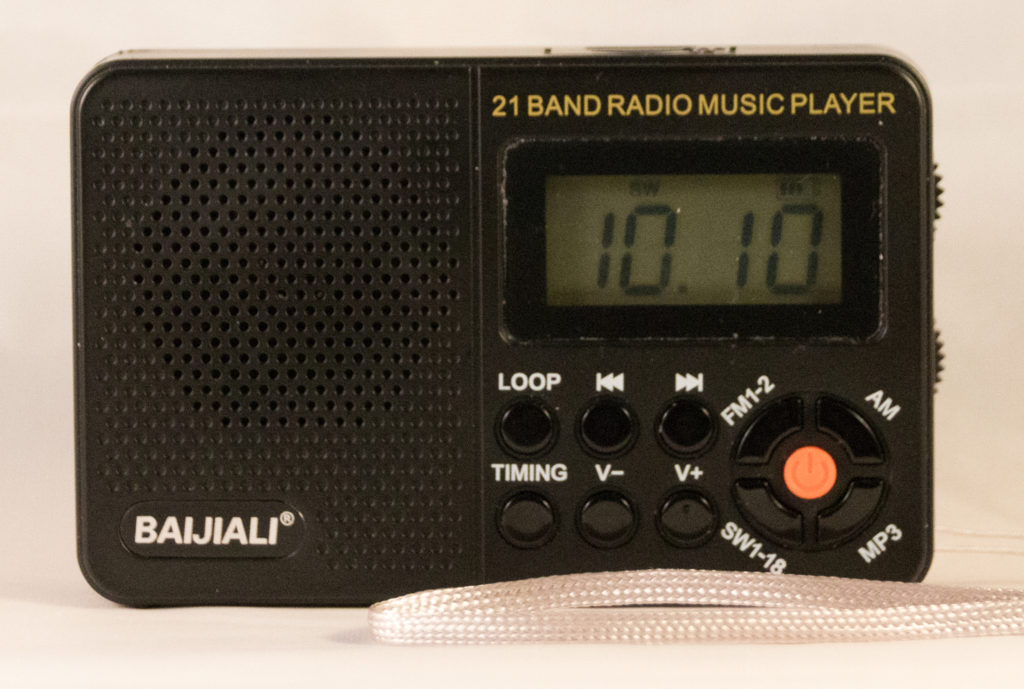
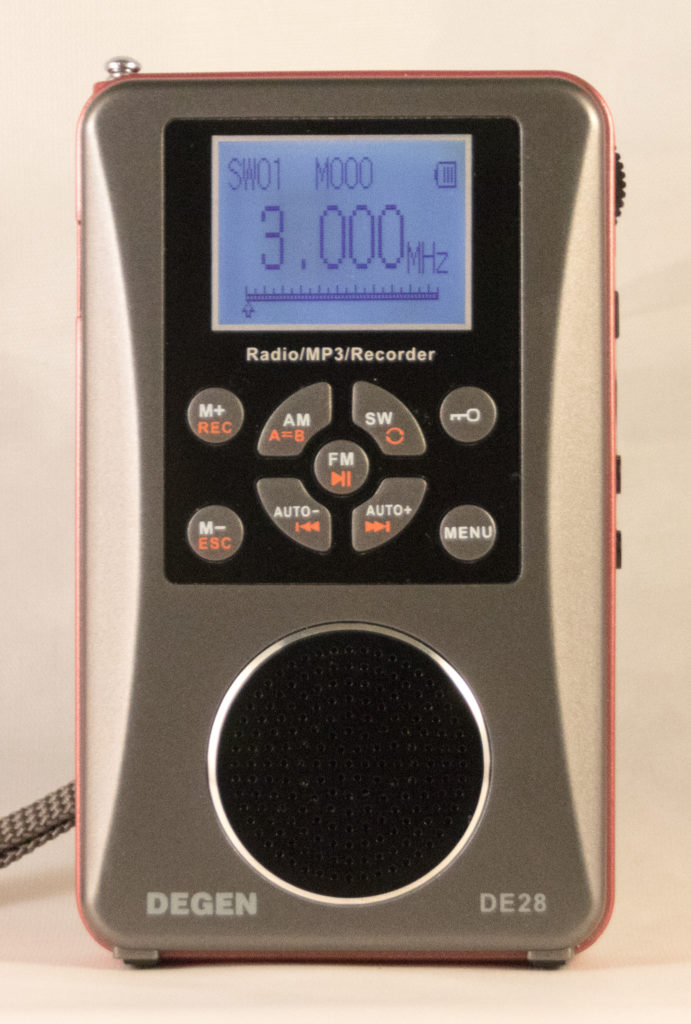
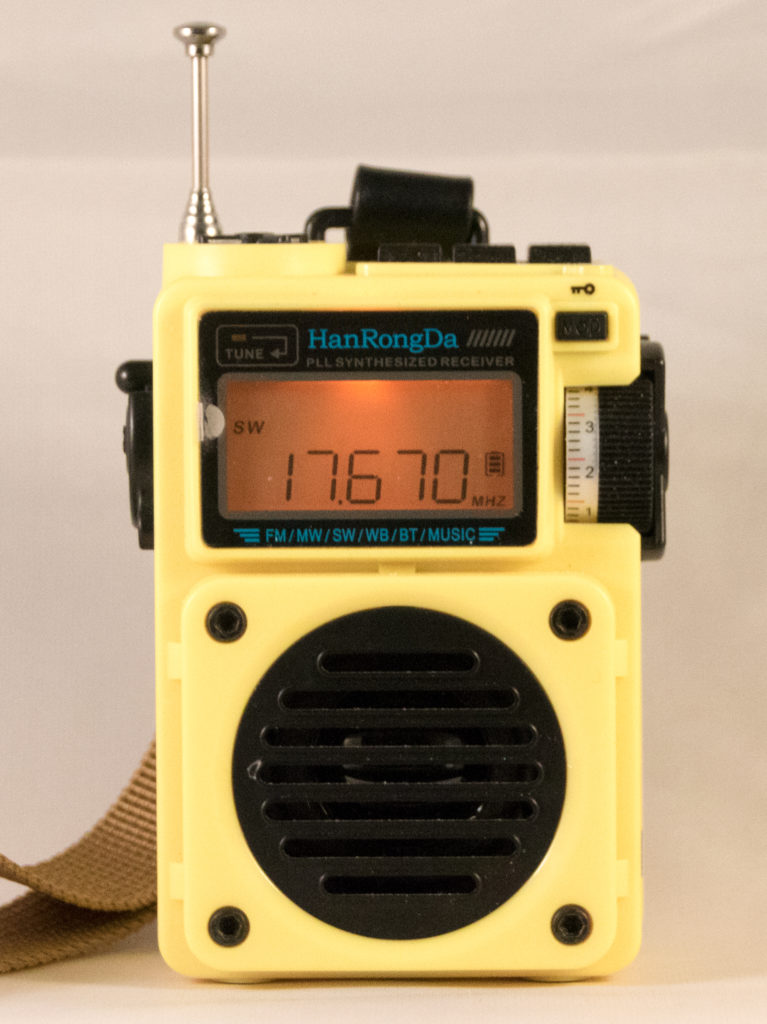
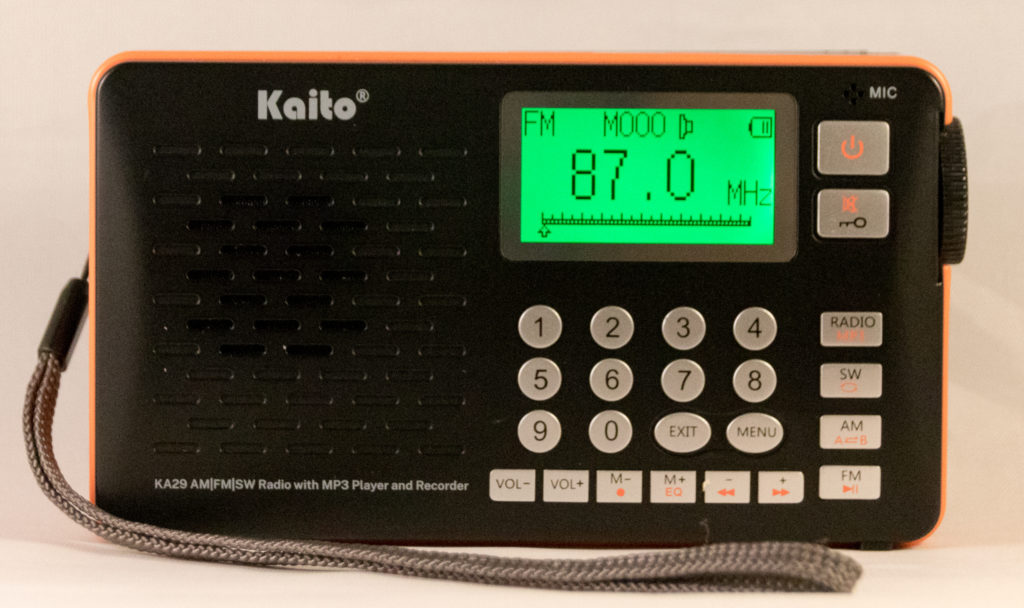
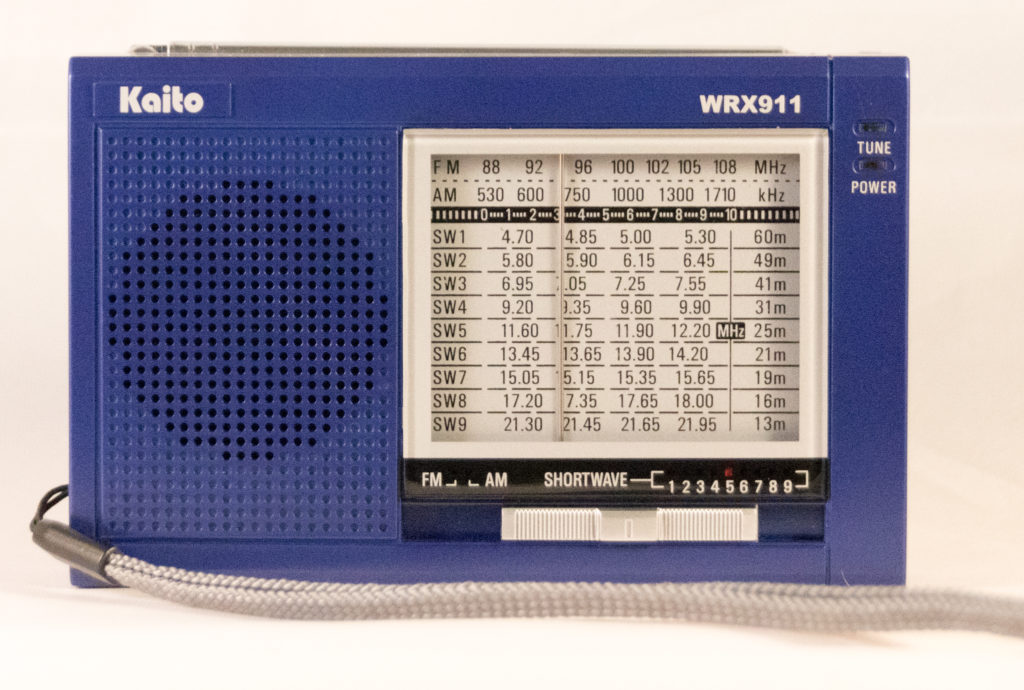
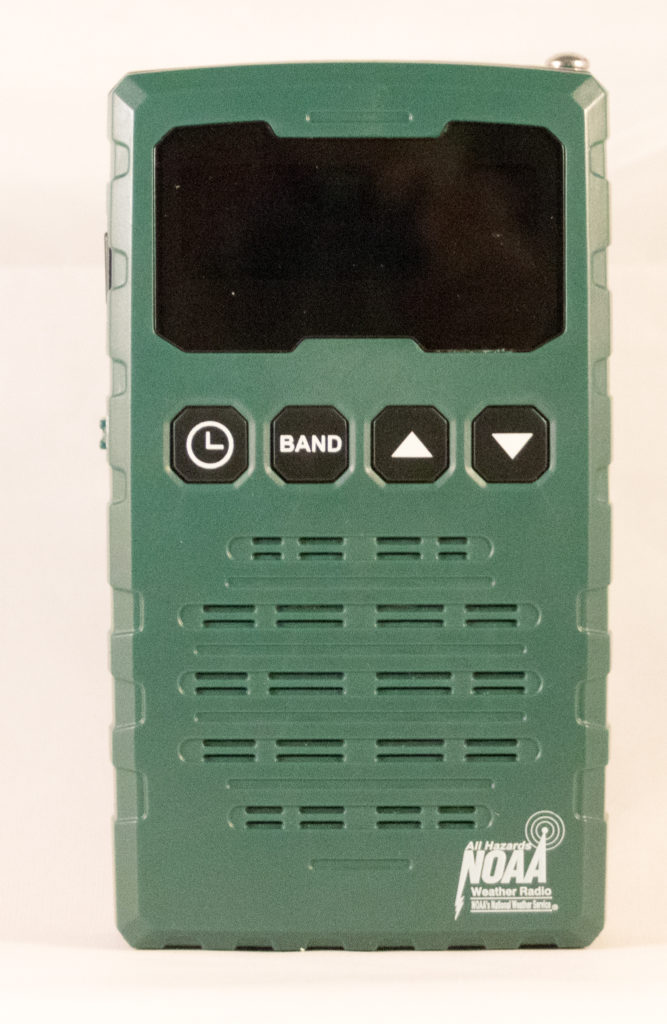
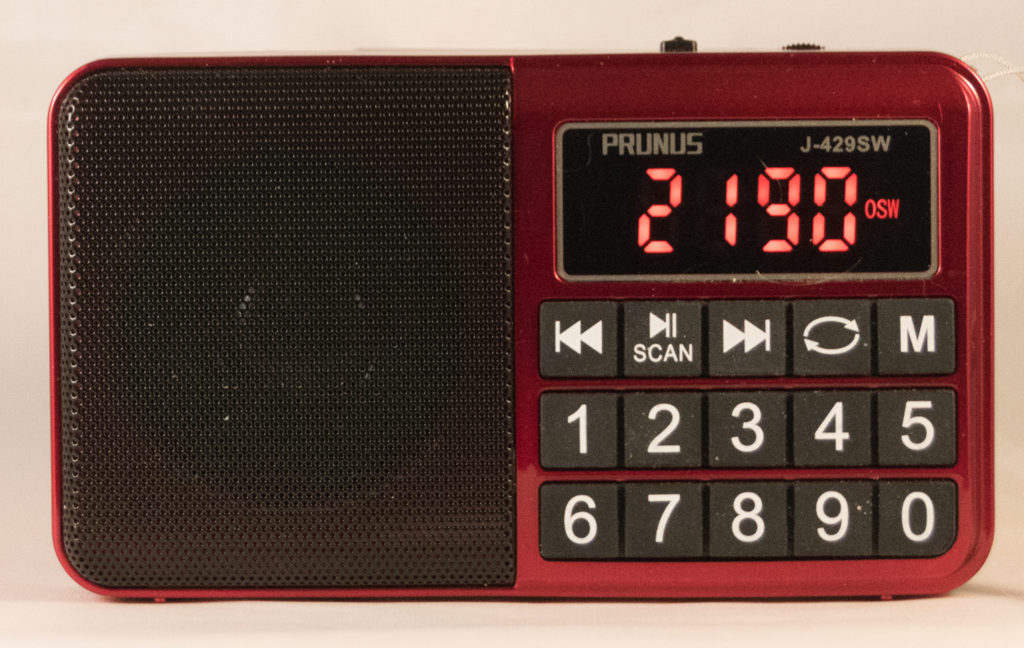
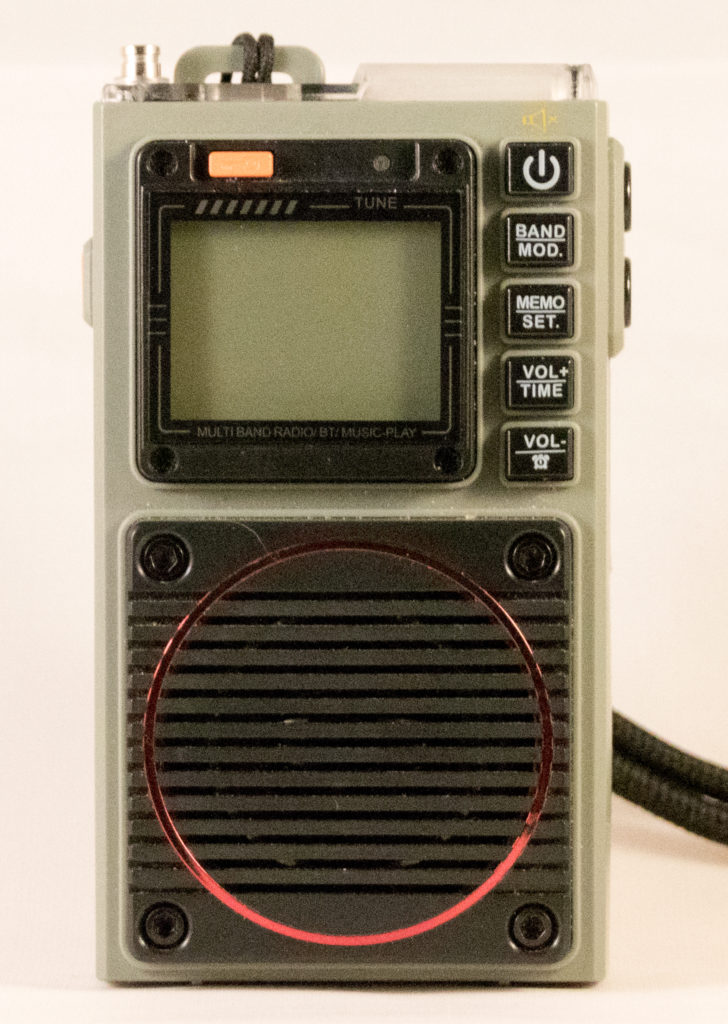
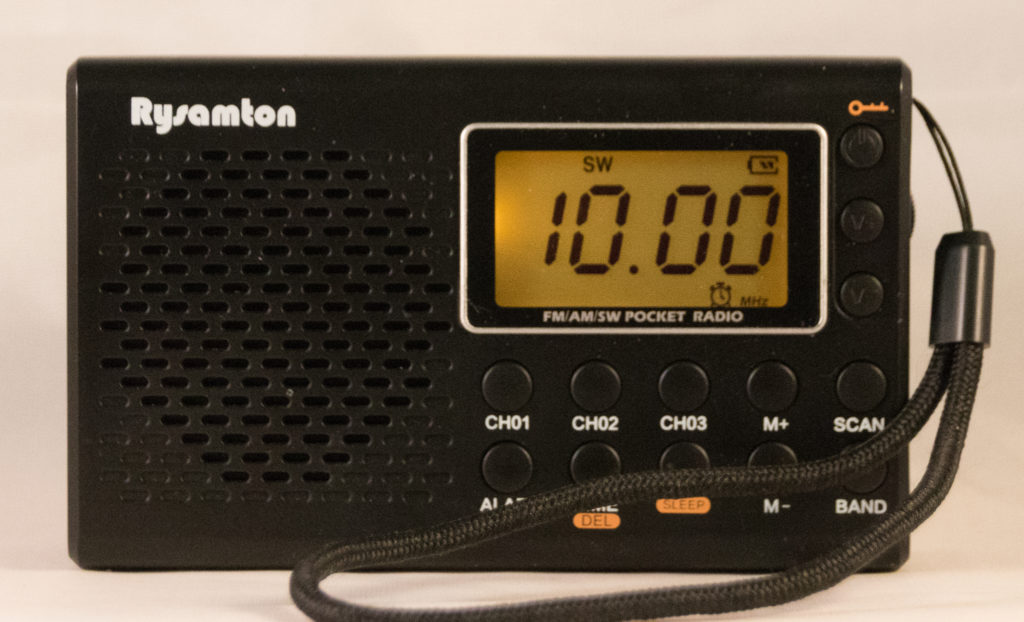
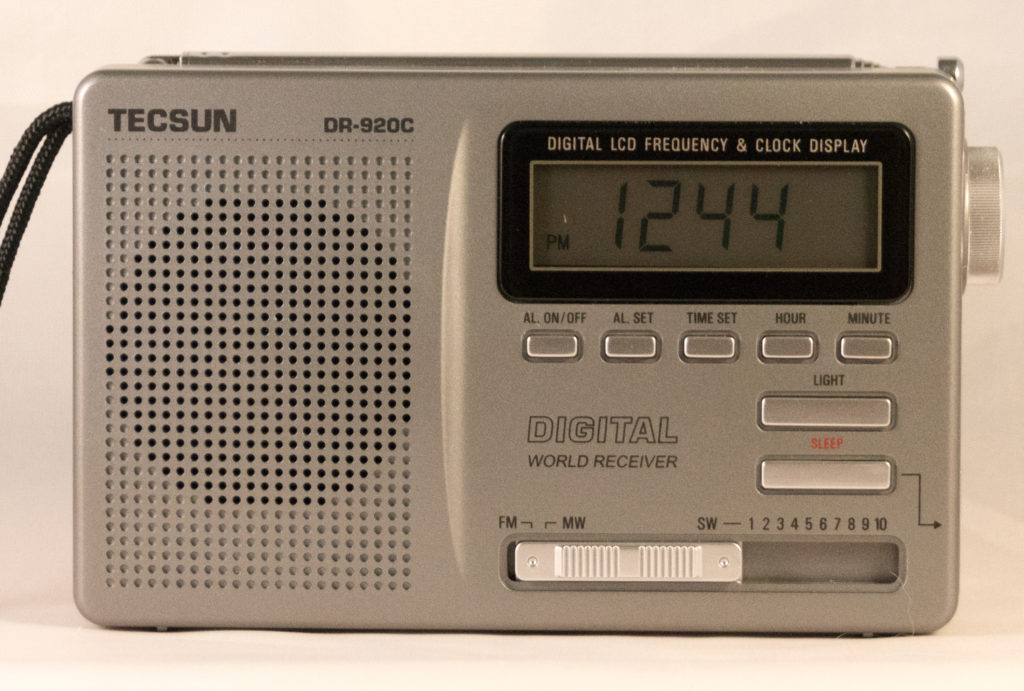
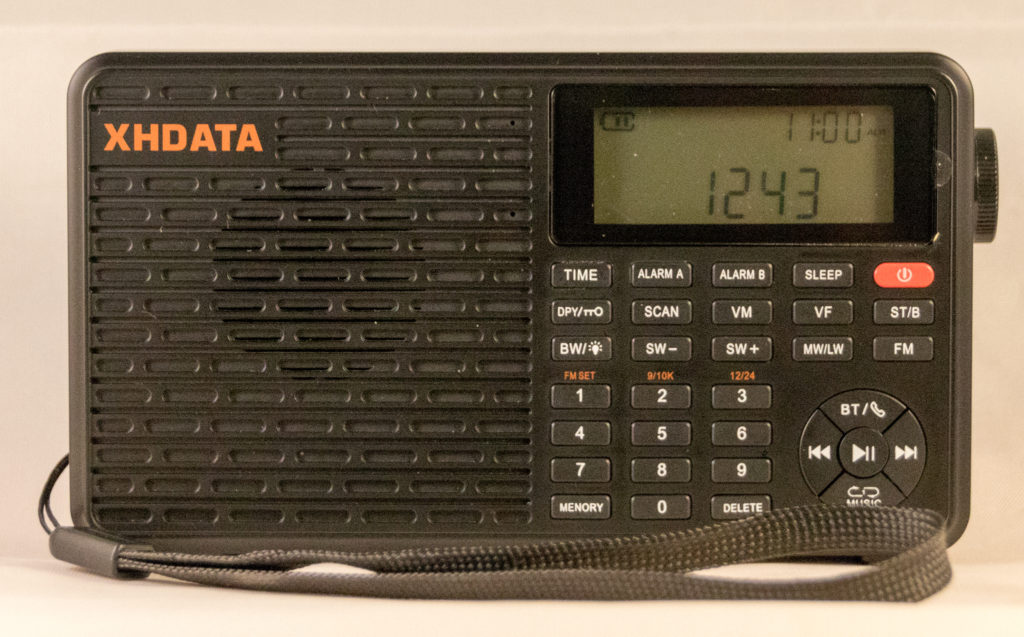
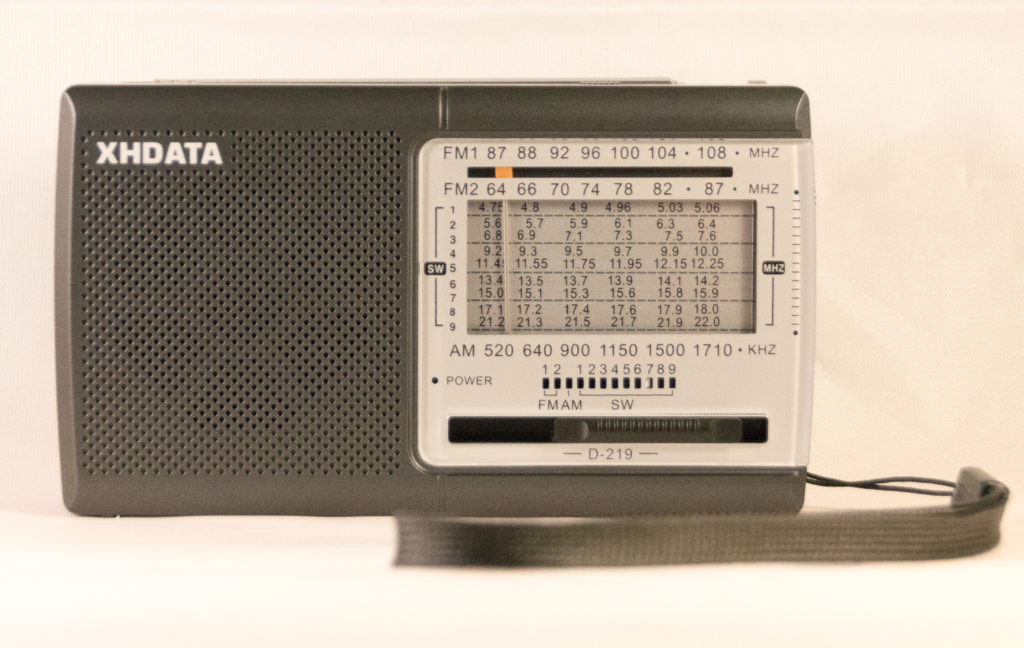
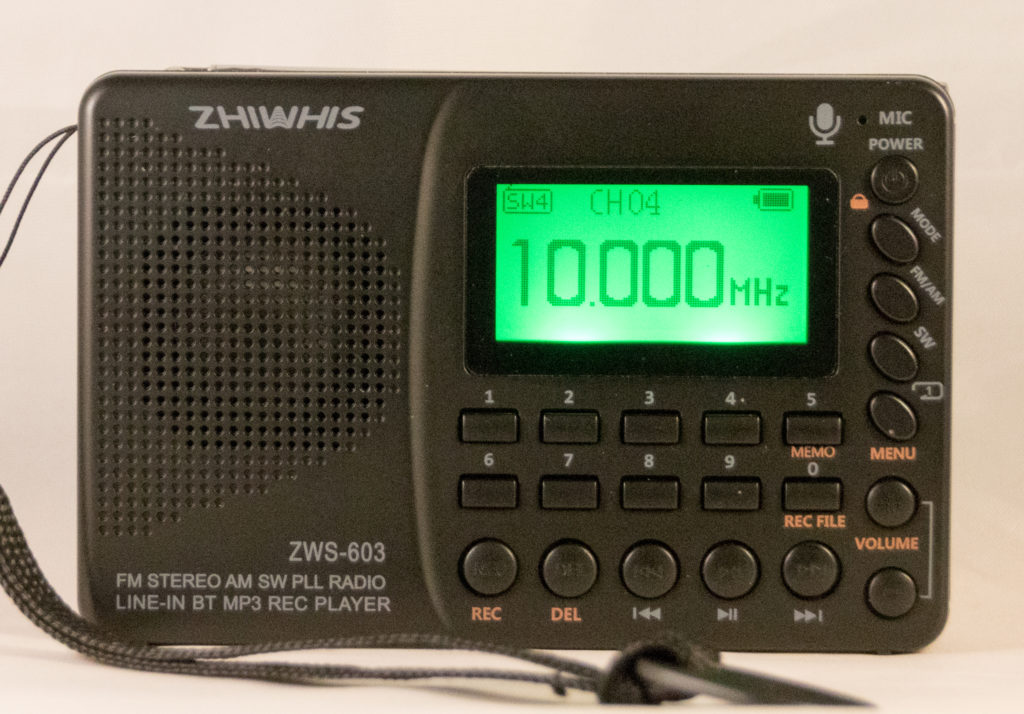

Very useful. I go and look for thè winner
I am making a new “Battle of the under $50 shortwave radios” with 3 additional radios: XHDATA D-109WB, Sihuadon R-108 and LiJiANi Rd239. It should be up in a few days.
Thank you Kevin, Outstanding, very helpful analysis. From selfish point, wish you would include C Crane Skyware even its beyond set price threshold.
I don’t have one to test.